Breakthrough
By P.J. Simmons
Last week my coach said, ”You’ve been on fire the past month… you’re making tremendous progress and executing on everything we’ve been working on.”
I sense it too. In fact, I got a little emotional during yesterday’s practice after an hour of hitting really well. I’m beginning to feel more and more like the player I always imagined I might become.
Lately, there are more moments where it feels like I’m flying as I move around the court. I’m getting to balls with more time, which frees me up to send shots with more confidence and intention. My lower and upper body are working more as a unit. My eyes are getting smarter about focusing attention on my opponent, rather than fixating on the results of my own shots. The strength I’ve gained in the gym is translating into greater power in my strokes; Playsight recently registered a new personal best for my forehand at 81 MPH. And what used to be my greatest insecurity and source of struggle— the serve—has finally (finally!) become a skill I truly enjoy practicing and deploying, now that I see evidence of steady improvement.
I credit this progress mainly to the incredible guidance of my talented fitness trainer Trevor McPherson and gifted on-court coaches Sinisa Markovic and Asher Salam at CourtSense, where I’m treated with the same level of commitment and care as a high-performance junior.
But as I reflect on other things I’ve done differently to facilitate progress, I suspect the most important enabling factor has been my ability to heed my coach Asher’s advice to start focusing my mind on only one concept at a time before/during every point. This has proved to be an “x” factor, particularly in moments of great pressure or when strokes start breaking down.
Many of you who, like me, started tennis as adults can probably relate to the challenge of navigating the tension between complexity and simplicity in tennis. On the one hand, developing high-performance tennis skills requires making progress on a large number of complex, interrelated fronts — which, for most adult learners of tennis like myself, means having to retain a lot of information in one’s head on a regular basis to keep improving. (This is quite different than for kids, whose brains are better wired to absorb information and imitate without thinking so much). On the other hand, we’ve all experienced how over-thinking on court can lead to paralysis by analysis and actually impede progress — particularly on the technical side.
The old me used to let my inner voice rattle off a laundry list of instructions between and during points, like an annoying parent coaching from the sidelines: “OK, for the next ball don’t forget to split AND take bigger steps AND make sure to cock your wrist AND keep the racquet head moving AND relax your wrist AND don’t unload too fast AND…” To make matters worse, this technical chatter was usually accompanied by taunts from my inner critic that ignored anything positive that was going right: “What is WRONG with you that you can’t just do what you know you need to do?!” Needless to say, this was not serving me well.
Lately, if my inner voice starts yapping, I politely say: “Hey thanks for your interest and concern — but I’m good.” Then I move on to focusing on one single concept at a time — often for long stretches of time — supported by a calm, confident new inner narrative: “You’ve got this. You know how to do this. Just focus on [the concept] and you’ll find it again.” Once that concept has produced dividends (or if after a while it hasn’t), I may turn to another concept.
The cool thing about this approach is that it doesn’t simplify in a way that is gimmicky or leads merely to band-aid fixes. Rather, it works because each pivotal concept helps trigger a positive chain reaction by steering my brain and body into doing a variety of “good things” they’ve been training to do. In fact, these concepts only produce great rewards because I’ve been doing all the complex thinking and hard work on court on so many specific elements and skills in isolation.
Here are five of the pivotal concepts that I’m drawing on most these days. Not sure whether any will resonate with you, because they’re so personal. But on the odd chance they might, here they are:
“Stay one height”
This is my #1 go-to concept when trying to get back on track. When I stay lower to the ground between shots (i.e. keep a wider base and avoid changing levels or bouncing up and down), many good things automatically happen: (1) I can change direction more quickly; (2) I’m in better position to use kinetic energy for my next shot; (3) I keep intensity in my lower body, which is where my greatest power is generated; (4) I feel way, way more confident.
“Active feet”
When I think this, my feet are more apt to repeat what I’ve been training them to do in drills. They remember to split as the ball is coming off my opponent’s racquet. They automatically recover diagonally back (think Spanish system “X” drills) behind the baseline so I’m positioned to step into the next ball offensively. And they somehow also coax my brain into being more active in the right way: to stay present and in the moment, to focus more on my opponent than the result of the shot I just hit, and to better anticipate the next ball I will receive.
“Use your weight (forward!)”
Nothing has added more power to my strokes than this concept. Using it, my body is coaxed to get into position faster for the next shot so that I can execute as best as possible and ideally step into the ball. Somehow it helps me remember to load my back leg’s glute and other muscles (as I would before throwing a medicine ball a long distance) and unload powerfully forward in the direction of my target. This focus on using my bodyweight/legs for power indirectly reminds me to relax my upper body. It also helps me recognize when my arm starts swinging in a way that’s disconnected from my lower body.
“Loose bicep”
A big challenge for me has been maintaining lower body intensity while keeping the upper body relaxed. Why does “loose bicep” work for me more than “loose wrist” or “loose grip” or “loose arm”? I have no clue, but it does. And it helps not only for groundies (FH and my 2-handed BH) but also with serve, where the result is much less shoulder tension as well.
“Use the ground”
This idea has paid great dividends especially with my serve. Who knows why, but it has helped with the timing of my loading and unloading, keeping my upper body relaxed, and directing my energy upwards.
The last thing I’ll share along these lines (mainly as a reminder to self!) is that gratitude remains the most powerful guiding concept of all. I’ve written about this in several posts over the years, but it still holds very true. A couple weeks ago I was working on serve outdoors with my coach. I could feel some frustration building and tension creeping in. As I got ready to hit my next serve, a little chipmunk stopped along the side of the court and just looked at me. I smiled, looked around at the gorgeous day, and was filled with immense gratitude — for my ability to be healthy enough to play this sport, for my great coaches, for the flexibility I have in my schedule to train as hard as I am, for being part of a tennis community, for being alive…
With nothing else in my mind except the chipmunk and gratitude, I hit one of the best serves of my life.
On a similar journey? Would love to hear from you in the comments below!

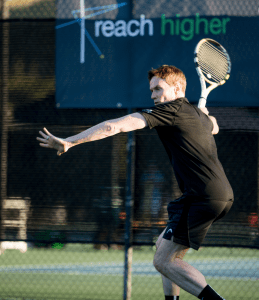
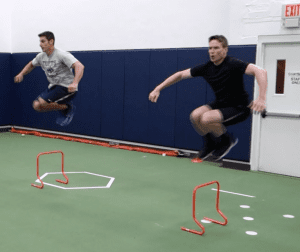
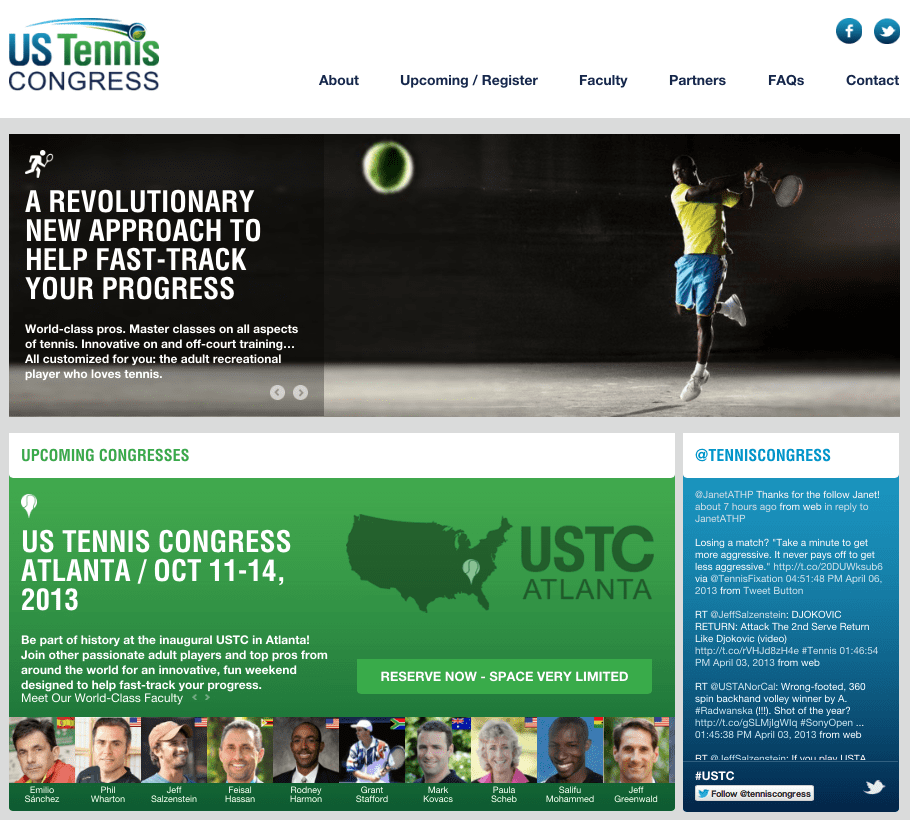
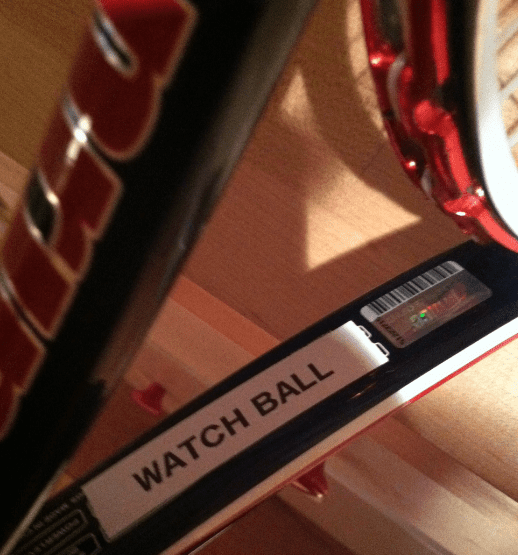
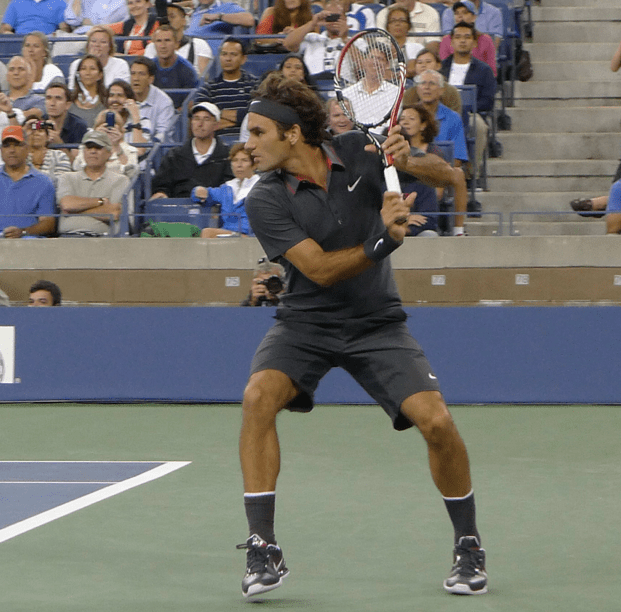
PJ. I noticed your posts during US Open time. It is very inspiring title of your website as I have been on the same road to 4.5 for past 1 year. When I was in the ladder league in early 2000, I was judged by team member as 3.5+ player. After many years other sports and past 50, I started playing often again (3-4 times a week) last week. I like to measure my progress and seek better player to improve. So I joined local flex league in Houston, LeagueTennis.com. I know the league’s level is about 0.5 below USTA… Read more »
Hey Jun, huge apologies for the long delay in replying! I somehow missed your comment when you first submitted it, just seeing now. Hearing about your journey is fantastic and inspiring. Like you, I’m really focused on playing “free and strong and bio-mechanically sound”– which has been a much more important set of goals than winning tournaments or achieving the rating. I have encountered so many league players over the years who are ranked higher (and absolutely can beat me in matches), but whose stroke production or court movement isn’t what I aspire to. I’ve reached a point where most… Read more »
What a great story, P.J.! More power to you!! You’re an inspiration to all us adult learner/fans 🙂
Wow- thank you so much, Ani!! P.J.
Hi PJ.
I loved this article. It was something very positive to start the day with. Especially the last part. Gratitude is one thing that we need everyday.
The tips will be something I will try to start to implement. Simple truths like these are harder to apply than it seems but I’ll give it a go.
Thank you again for your blog.
Thanks you so much, Alvaro! I’m so glad it resonated, and really appreciate you taking the time to share your thoughts. P.J.
Wonderful! First I am going to the US Open for the first time in August. Your article on tickets is much appreciated. Also I am so impressed with your personal story. Awesome! Two, totally agree with above, and in fact I think you may even need to take it further. I have written a book “Muscle Memory and Imagery: Better Tennis”. I would like to gift you an eBook copy via Amazon Books. I might add the ITF liked it, and I’m not sure they have recommended a book since “Secrets of Spanish Tennis”. You are doing great and I… Read more »
Thank you so much on all counts, Archie — much appreciated. Look forward to checking out the book! P.J.
Wow! So it IS possible to learn tennis as an adult! Way to go P.J. and I know you had some injuries and still kept at it, which shows that you have great tenacity and focus. You are a true inspiration!!!!!
Hey Larry, THANK YOU my friend! Absolutely – and I’m hardly the only one out there proving it. We just need more of us to tell our stories 🙂 Thank you very very much for the friendship and support! P.J.
Hi PJ
Enjoy reading your articles. It is synchronzing with my style of play & my life. May I suggest that you compile a nice book or a magazine on Tennis Congress & how it has helped passionate late starters & recreational players around the world..
You can get others in the community to contribute articles as well. I am sure there will be many subscribers for a nominal subscription. You can start a fund for the future progress & continuity of USTC.
Cheers
Kumar
Kumar, thank you so very much my friend and very interesting idea. Along those lines, Tennis Congress actually just recently started a public blog called “United in Tennis” so that members of our community could share their own experiences about what they’re learning and going through – would absolutely love for you to contribute and talk about how you’ve started teaching and all the great philanthropic work you’re doing in Sri Lanka! I’ll email you guidelines… P.J.
Enjoyed reading this, PJ! Some parallels to what I’m working on, but also new ideas I should work into my practice. Congrats on the results of your hard work.
Thank you so much, my friend! Hope all is great with you. P.J.
Fantastic insight P.J.! I appreciate your ability and willingness to share the journey that so many of us are experiencing. In particular the simplification you describe has been a huge catalyst for me. Thank you!
Thanks so much Chris!
Awesome stuff, PJ! Keep up the great work – improving fitness and footwork helps all tennis players regardless of their level. Seeing #1 and #2 Rafa and Roger playing so well is very inspiring to all us 30-40 year olds out there* Enjoy the US Open – love all the helpful information you have shared out there all these years.
Thank you so much, JC! Really appreciate it!! P.J.
Wonderul post PJ.
Most of all I’m thrilled for you and your impressive progress.
When is TC going to clay?
Miss you, keep up the great work.
Oh my, inspirational, as always! Thanks for sharing:) I need this motivation to work on my fitness.
Thank you, Carol! XOXO